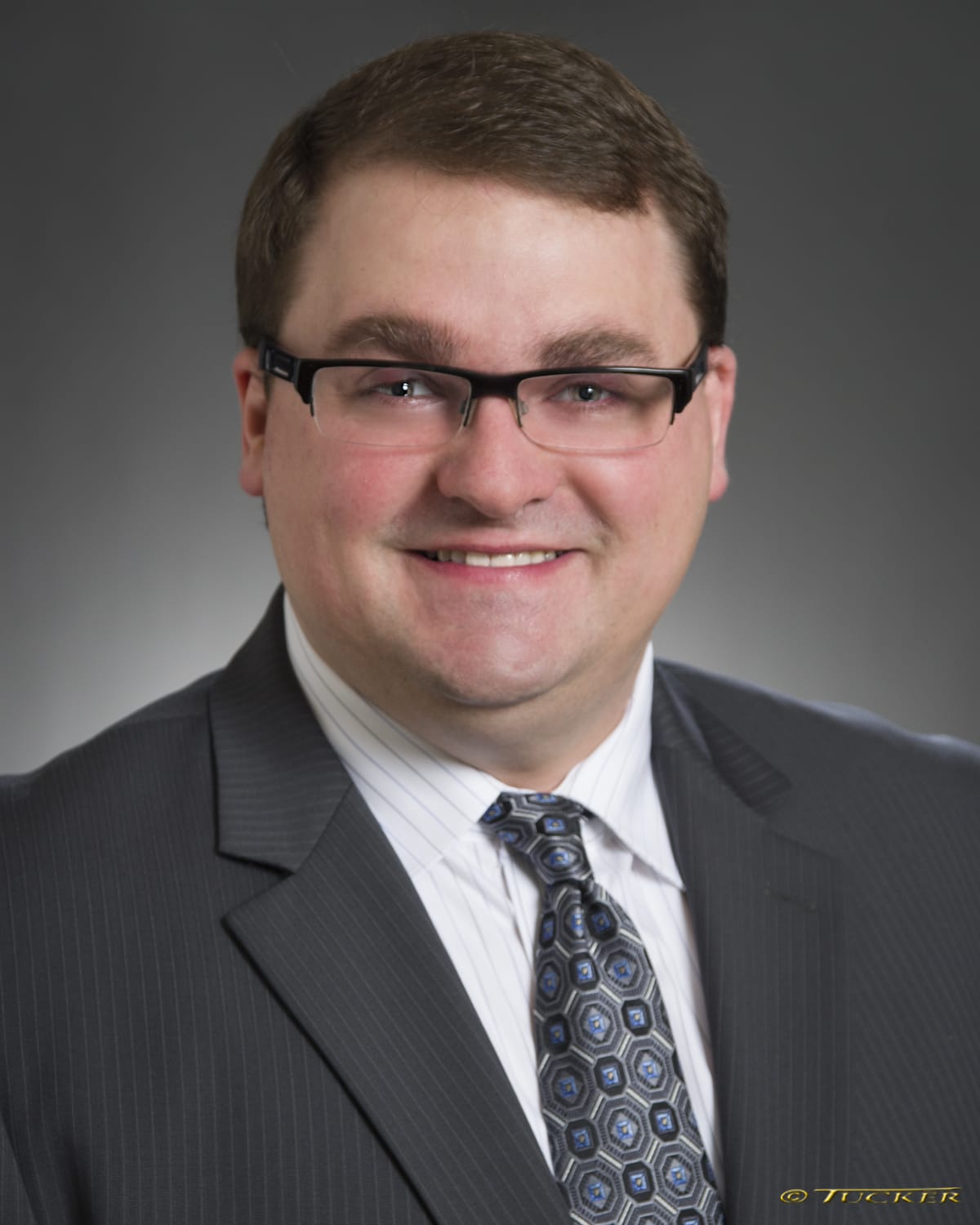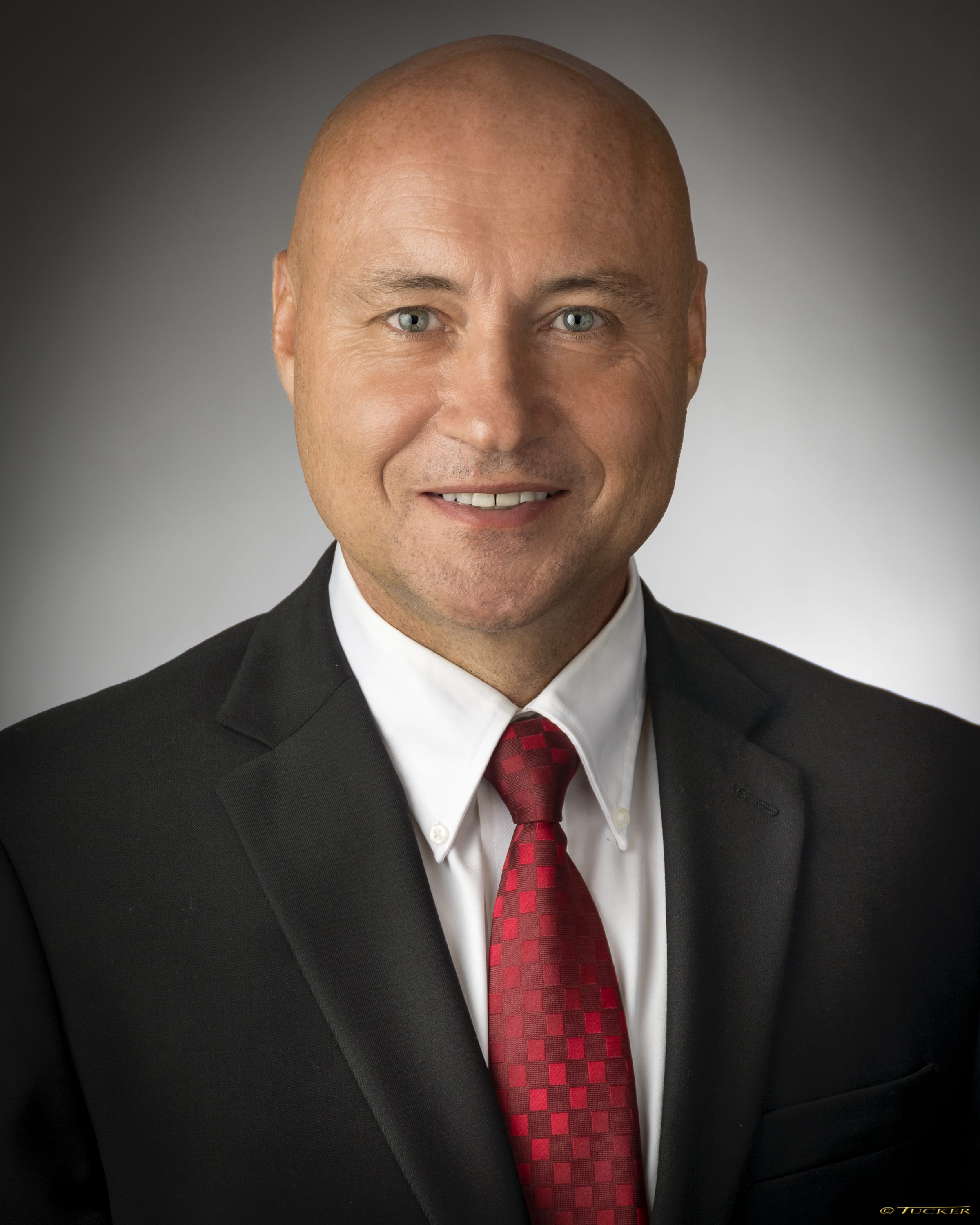Linda Erkkila Talks About Working Together in the Mortgage Industry
The April issue of Mortgage Banking Magazine featured an article by Safeguard Properties General Counsel Linda Erkkila titled Let’s Work Together.
Let’s Work Together
The property preservation industry could help regulators and lawmakers draft better rules to protect borrowers and neighborhoods, if given a seat at the table. Otherwise, the outcomes are likely to remain confusing and ineffective.
The most basic definition of the word “foundation” is something that provides support for something. Despite the simplicity of the definition, the importance of having a good foundation is indisputable.
No one frames a new house before laying footers. No one starts a child’s education in high school. There are infinite examples where practicality dictates laying a foundation before proceeding.
Effective regulations are no exception. Good intentions are no substitute for establishing a proper foundation for regulations, and proper groundwork starts with a solid understanding of the industry one intends to regulate. That comes from asking questions, getting answers and asking more questions.
Peripheral knowledge is insufficient. Without knowing the intricacies of a targeted industry, desired outcomes may suffer. Poor foundation leads to shaky results.
Property preservation
The property preservation industry, also known as the mortgage field services industry, is a prime example. But it matters little what you call it-most people have never heard of the industry, and many who are aware of its existence made its acquaintance due to the vacant and abandoned, and likely not yet foreclosed, home right next door.
Yet if it weren’t for the existence of the property preservation industry, that vacant home likely becomes the neighborhood eyesore at best and, at worse, a prime location for criminal activity.
If you are still in the dark, search the Internet for key words like “zombie property” or “blight” to bring you up to speed.
Regulators, too, are making the industry’s acquaintance. This is largely due to its inextricable link to the mortgage industry’s meltdown, also known as the subprime crisis or the housing collapse-terms just about everyone has heard at some point in the past seven years.
In the race to regulate any subservicing activity affiliated with the hobbled mortgage industry, well-intentioned regulations aimed at perceived property preservation shortcomings are not likely to fulfill their calling because the basis for some regulations are misperceptions about the premises, protocol and processes upon which the industry functions.
This knowledge gap results in some regulations that do little more than add a layer of compliance for the sake of compliance.
Targeting pre-foreclosure activity
Property preservation companies provide a wide range of services intended to maintain a vacant property from the onset of vacancy until it becomes reoccupied by the current borrower or occupied by a new owner after a foreclosure.
Maintaining the external appearance of a vacant property tends to be non-controversial. Tensions arise out of the servicer’s right to enter, protect and preserve a vacant property prior to foreclosure-known as “securing” the property-and the servicer’s repossession of the property after foreclosure. Servicers rely on field services companies to assist with both phases.
As evidenced by recent proposed and enacted statutes, regulators aim to protect consumers during these phases, which all can agree are difficult and unpredictable periods for borrowers. Some regulations, however, fail to leverage protective procedures that are already an integral part of the industry’s procedures, or introduce requirements that do little to improve the borrower’s position but hamper preservation, thereby increasing the blight risk.
Generally, the servicer’s right to secure a property prior to foreclosure is contractually granted pursuant to the mortgage agreement-a right generally triggered when a property is in default and vacant, and which allows the servicer to protect its collateral interest.
Servicers rely on property preservation companies to perform occupancy inspections to determine whether a defaulted property is vacant. Occupancy determinations are made at a single point in time, largely because investor guidelines require that a property be secured within a short time frame after it is declared vacant, to protect the property from damage.
Recent regulatory trends aimed at protecting both borrowers and neighborhoods, however, seek to elongate the vacancy determination decision period to a span of time as opposed to a point in time.
For example, proposed New York S.B. 7350, which gained no traction in 2014 but is expected to be re-proposed this year-defines default as at least three missed monthly payments, stretching the current standard; and requires a vacancy determination to be supported by three separate inspections, at different times of the day, over a two-month period. That essentially would double the current time period that a vacant property is left unprotected, subjecting the property and the surrounding neighborhood to blight and peril.
Property preservation industry controls-established long before the mortgage crisis-already employ occupant protective measures without contradicting investor guidelines and compromising properties. Perhaps a more beneficial undertaking is for all contingents to endorse a universal vacancy definition. The property preservation industry, with its decades of experience, would eagerly provide sound input for a sturdy foundation.
Other statutes aimed at protecting borrowers during the pre-foreclosure period specifically focus on the securing process, but not every statute accurately grasps the methods by which the securing process is implemented.
A golden rule for property preservation companies is to never remove personal property during pre-foreclosure services, absent an imminent health or safety risk. Yet a recently enacted Maine statute requires property preservation companies, through their in-state contractor network that performs the services, to provide a detailed inventory of the personal property, excluding hazardous materials, removed during pre-foreclosure services. That inventory list should be blank every time.
The statute also requires each property preservation contractor to license its company as a debt collector. The statute is premised on the misperception that the property preservation company is repossessing the property when, in fact, the securing process is completely distinct from debt collection and intended solely to provide access to a property to protect it from peril, with no intent to lock an occupant out or repossess the property.
The true intent of the statute is to gather a registry of property preservation contractors performing work in the state, and to hold each accountable for its own acts. However, that goal would be easily accomplished through a simple registry in coordination with the property preservation companies that hire contractors.
Anti-blight initiatives
Statutes aimed at maintaining the external appearance of a vacant property are generally non-controversial due to the common desire to keep neighborhoods free from blight and the dangers that often accompany vacant and ill-maintained defaulted properties. Yet some statutes contain mandates counterintuitive to the workings of the property preservation industry.
S.B. 7350 requires the foreclosing entity to maintain vacant properties to certain standards prior to foreclosure and before having possession of the property. Many of the standards align well with the typical services provided by property preservation companies, such as ensuring that the property is secure, free from blight and absent rodents and hazards. However, many of the standards go well beyond what can be and should be performed by an entity that has yet to take lawful possession of the property. These include repairing sidewalks and driveways; ensuring that the property and its stairways, decks, porches and balconies are structurally sound, with property anchorage and proper loads; and ensuring that doors and windows are weather-tight.
Setting aside the impracticality of having property preservation companies opine on architectural standards, imposing such mandates on the servicer while the borrower is still in lawful possession of the property, and when the servicer may have no legal right to access the property or limited rights to maintain it, subjects both the servicer and its property preservation agents to legal action.
The good intentions of the bill are overshadowed by the risky and burdensome load the legislation puts on the servicer. A deeper look into the longstanding property preservation standards would demonstrate that the core goal of property maintenance is already being achieved.
New Jersey enacted a similar statute (enacted and effective on August 15, 2014) to provide for and “regulate the care, maintenance, security and upkeep of the exterior of vacant and abandoned properties on which a summons and complaint in an action to foreclose has been filed.” As with proposed S.B. 7350, the requirements are triggered by the filing of the foreclosure action, prior to the servicer having legal possession of the property.
The New Jersey statute requires the servicer to provide contact information for an agent who will accept service of process for complaints of property maintenance and code violations. That agent, logically, is the in-state law firm handling the foreclosure.
The statute also requires contact information for an agent responsible for the maintenance and upkeep of the property. That agent, logically, is the servicer’s property preservation company. However, the unclear language in the statute has caused some servicers to believe that the “in-state” property preservation designee is not the company, but rather a singly named independent contractor. That would be a completely impractical approach, as no single contractor typically covers preservation for the entire state of New Jersey.
The clear objective of the statute is to provide quick notice of a violation to the property preservation company for expedient remediation, an objective best achieved by submitting the violation notice straight to the property preservation company’s code compliance department, regardless of what state that department physically resides in. That would enable the property preservation company to quickly dispatch the independent contractor who services the territory where the affected property is located. Any other solution delays the statute’s rapid-response intent and anti-blight objective, which, incidentally, is the same overarching objective shared by the property preservation industry.
The foreclosure spectrum
Consumer protection post-foreclosure remains a high priority for regulators, and many statutes focus on protecting former borrowers during the difficult time of relocating and, in some cases, eviction. On the other hand, a servicer’s heightened obligations with respect to maintaining foreclosed properties are triggered almost immediately upon foreclosure.
In 2014, Michigan enacted legislation that took effect on June 19, 2014, which acknowledges the competing challenge of balancing the servicer’s and borrowers’ interests during a post-foreclosure redemption period, and clarifies the rights of both parties during that period. Implicit in the statute is the servicer’s right to inspect the property during the redemption period, subject to advance notice of the inspection to the former borrower, and his or her right to be present.
While the intent of the statute is understandable, the broad scope of its language creates reluctance to conduct redemption services for fear of non-compliance. Questions concerning whether any entry into the property constitutes an inspection, whether the statue applies to vacant properties and what constitutes notice to the former borrower have caused some servicers to do nothing and let the redemption period pass, for fear of non-compliance and in hopes that guidance, either informal or formal, develops.
Such reticence may have an adverse effect on vacant properties, and eventually neighborhoods. There is a wealth of knowledge and experience in the property preservation industry regarding post-foreclosure procedures and occupancy statistics-data that would be useful in drafting statutes of this nature to ensure that the common goals and protections intended by the statute are achieved upon enactment.
In contrast, the push to move vacant properties expediently through the foreclosure process to counter growing neighborhood blight due to lengthy foreclosures processes has resulted in the proposal or enactment of expedited foreclosure bills across the country. These measures also are referred to as “fast-track foreclosure” bills.
The intent is sound, as only vacant and abandoned properties qualify for fast-tracking, and the burden of proof is on the servicer to prove the required evidence of abandonment. To do so, many states offer model affidavits, but many of the affidavits are cumbersome to complete because the affidavit requires a single affiant, typically the property preservation agent, to attest to a battery of conditions.
The checklist of conditions assumes that the property preservation contractor making the abandonment determination based on physical point-in-time attributes, such as broken windows, accumulated trash and mail, an unkempt yard, and the like, is also able to attest to the presence or absence of conditions pertaining solely to the borrower’s status with regard to the underlying loan. And that is not an attestation a property preservation contractor can make.
The end result is cobbling together an affidavit, piecemeal, from different agents for the servicer to constitute a single required affidavit, which may not pass muster for the judge expecting more streamlined evidence.
Those with heightened familiarity with the property preservation industry could be instrumental in crafting model documents that apportion the responsibility for attestation to appropriate parties.
Leveraging industry knowledge
Perhaps a call for cooperation is in order. Perhaps it is time for the property preservation industry-no longer completely under the radar-to be invited to speak, or to raise its hand and ask to weigh in. Or perhaps the massive banking industry along with the investor community could encourage regulators to leverage the preservation industry’s collective knowledge before proposing regulations.
Such an approach could help ensure that targeted regulations hit their mark–protecting consumers and communities alike. After all, that is the core tenet of the property preservation industry. It is what the industry was founded on or, simply put, its foundation.
Linda Erkkila is general counsel for Valley View, Ohio-based Safeguard Properties, the largest field services company in the United States. For more information on Safeguard Properties, visit www.safeguardproperties.com.
Please click here to view Let’s Work Together [pdf].
About Safeguard
Safeguard Properties is the mortgage field services industry leader, preserving vacant and foreclosed properties across the U.S., Puerto Rico, Virgin Islands and Guam. Founded in 1990 by Robert Klein and headquartered in Cleveland, Ohio, Safeguard provides the highest quality service to our clients by leveraging innovative technologies and proactively developing industry best practices and quality control procedures. Consistent with Safeguard’s values and mission, we are an active supporter of hundreds of charitable efforts across the country. Annually, Safeguard gives back to communities in partnership with our employees, vendors and clients. We also are dedicated to working with community leaders and officials to eliminate blight and stabilize neighborhoods. Safeguard is dedicated to preserving today and protecting tomorrow. Website: www.safeguardproperties.com.











